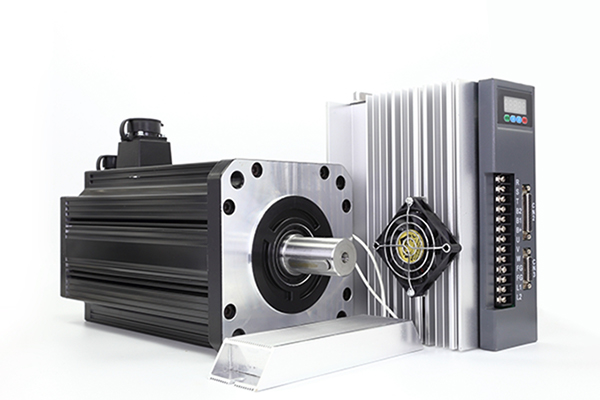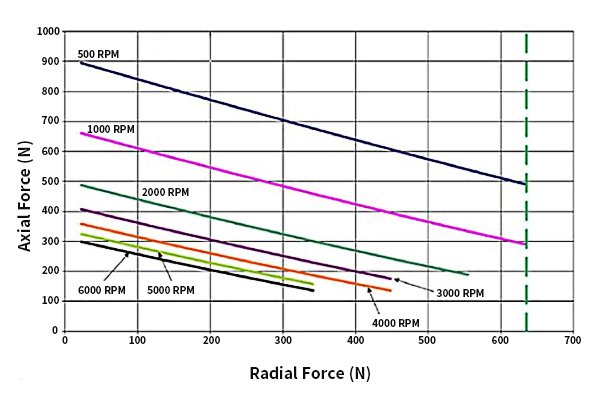Safety Precaution For Using Servo Motor
In the realm of industrial automation, servo motors play a crucial role in achieving precision and control. These devices are widely utilized in various applications, ranging from robotics to manufacturing processes. While servo motors offer numerous advantages, it is imperative to prioritize safety during their installation, operation, and maintenance. This article outlines essential safety precautions to ensure the responsible and secure use of servo motors.


- When wiring and checking, you need to do so after ensuring that the power source is disconnected for 5 minutes. This is to ensure that the motor completely loses its power source and to prevent the motor from stealing.
- After wiring, strictly check whether the wire sequence is correct to ensure that it is correct before turning on the power. This point is mainly to guard against equipment short-circuiting and burning due to wiring errors.
- Ensure that the DC power supply ground is effectively accessible. This is to prevent leakage electrocution and to protect the safety of the user.
- The servo motor runs at a very high temperature, do not touch the motor with your hands to prevent burns.
- Understanding Servo Motor Basics. Before delving into safety measures, it's important to have a basic understanding of how servo motors operate. A servo motor is an electro mechanical device that converts electrical signals into precise mechanical motion. It consists of several components, including a motor, encoder, and controller.
- Proper Training and Familiarization. Users and operators should undergo comprehensive training on servo motor operation and safety procedures. Understanding the system's components, control mechanisms, and potential hazards is crucial. Regular refresher courses can help reinforce safety protocols.
- Adherence to Manufacturer Guidelines. Always follow the manufacturer's guidelines and recommendations outlined in the user manual. This includes information on installation, maintenance, and troubleshooting. Deviating from these guidelines can compromise safety and lead to malfunctions.
- Electrical Safety. Servo motors operate on electrical power, and therefore, it is essential to adhere to electrical safety standards. Ensure that the power supply is properly grounded, and all electrical connections are secure. Regularly inspect cables for wear and tear, and replace them if any damage is detected.
- Emergency Stop Procedures. Implement emergency stop procedures to quickly and safely halt servo motor operation in case of malfunctions or unexpected events. Clearly label emergency stop buttons and ensure that all personnel are familiar with their location and operation.
- Environmental Considerations. Consider the operating environment when installing servo motors. Factors such as humidity, dust, and temperature variations can impact performance. Implement protective measures, such as enclosures and environmental controls, to safeguard the servo motor from adverse conditions.
Post a Comment:
You may also like:

Category
Featured Articles
Difference Between Servo and Stepper ...
 Servo motor and stepper motor are almost used in all automated industries where high precision is to be achieved. Though servo ...
Servo motor and stepper motor are almost used in all automated industries where high precision is to be achieved. Though servo ...
 Servo motor and stepper motor are almost used in all automated industries where high precision is to be achieved. Though servo ...
Servo motor and stepper motor are almost used in all automated industries where high precision is to be achieved. Though servo ...Troubleshooting of Servo Motor
 Servo motors play a crucial role in various industrial applications, providing precision control and efficient performance. ...
Servo motors play a crucial role in various industrial applications, providing precision control and efficient performance. ...
 Servo motors play a crucial role in various industrial applications, providing precision control and efficient performance. ...
Servo motors play a crucial role in various industrial applications, providing precision control and efficient performance. ...Why Use Servo Motor as Test Load?
 Dynamometer is mainly divided into two parts: cabinet and frame, while the frame mainly has the motor under test, torque speed ...
Dynamometer is mainly divided into two parts: cabinet and frame, while the frame mainly has the motor under test, torque speed ...
 Dynamometer is mainly divided into two parts: cabinet and frame, while the frame mainly has the motor under test, torque speed ...
Dynamometer is mainly divided into two parts: cabinet and frame, while the frame mainly has the motor under test, torque speed ...Safety Precaution For Using Servo Motor
 In the realm of industrial automation, servo motors play a crucial role in achieving precision and control. These devices are ...
In the realm of industrial automation, servo motors play a crucial role in achieving precision and control. These devices are ...
 In the realm of industrial automation, servo motors play a crucial role in achieving precision and control. These devices are ...
In the realm of industrial automation, servo motors play a crucial role in achieving precision and control. These devices are ...